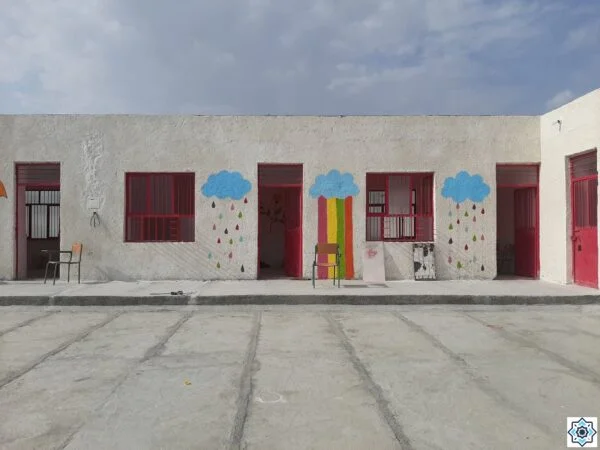Zaynab bt. Khuzayma b. al-Hārith (Arabic: زینب بنت خزیمة بنت الحارث), (d. 4/625) a descendant of ‘Abd Manaf, known in the Age of Ignorance as Umm al-Masākīn, was the wife of the Prophet (s). After divorcing Tufayl b. Harith, she married his brother ‘Ubayda b. Harith. When Ubayda was martyred in the Battle of Badr, she married the Prophet (s), but this marriage did not last long and she died at the age of 30. The holy prophet (s) buried him in al-Baqi’ cemetery.
Lineage
According to sources, her lineage from her father is as follows: Daughter of Khuzayma b. al-Harith b. ‘Abd Allah b. ‘Amr b. ‘Abd Manaf b. Hilal b. ‘Amir b. Sa’sa’at al-‘Amiri.
Ibn ‘Abd al-Barr states that Abu l-Hasan al-Jurjani mentions her as the sister of Maymuna bt. al-Harith, the holy Prophet’s wife, and he adds: “I did not see this except from him.” Ibn Habib al-Baghdadi also counts Maymuna as her maternal sister.
Epithet
Because of her kindness towards the poor and the needy, Zaynab bt. Khuzayma was given the epithet “Umm al-Masakin” (The Mother of the poor). She was also known by this epithet during the Age of Ignorance.
Marriage with Prophet Muhammad
There is an argument among historians about her former husband. Majority of historians believe that she was married to Tufayl b. al-Harith b. Muttalib b. ‘Abd Manaf; but divorced him and married his brother, ‘Ubayda, who was wounded at the Battle of Badr, and died at the age of 64. However, according to some sources, she was first married to Jahm b. ‘Amr b. al-Harith, the cousin of ‘Ubayda, who she married after she divorced Jahm. In other sources, she was married to ‘Abd Allah b. Jahsh. ‘Abd Allah was martyred in the Battle of Uhud.
After the demise of Zaynab’s husband, Prophet Muhammad (s) asked her for marriage. She asked the Prophet (s) to make the decision for her. Prophet Muhammad (s) married her in the Ramadan of 3 (February, 625). Nevertheless, there are disagreements about the amount of her mahr and the details of how the Prophet (s) asked her for marriage.
Demise
After living eight months with Prophet Muhammad (s), she passed away in Rabi’ II, 4 (September, 625). According to some sources, she only spent two or three months with the Prophet. The Prophet himself said her funeral prayer, and buried her in al-Baqi’ cemetery.
Zaynab was almost 30. She and Khadija were the only two wives of Prophet Muhammad (s) who passed away before him. She was also the first wife of the Prophet who passed away in Medina. The Prophet did not have any children from her.











